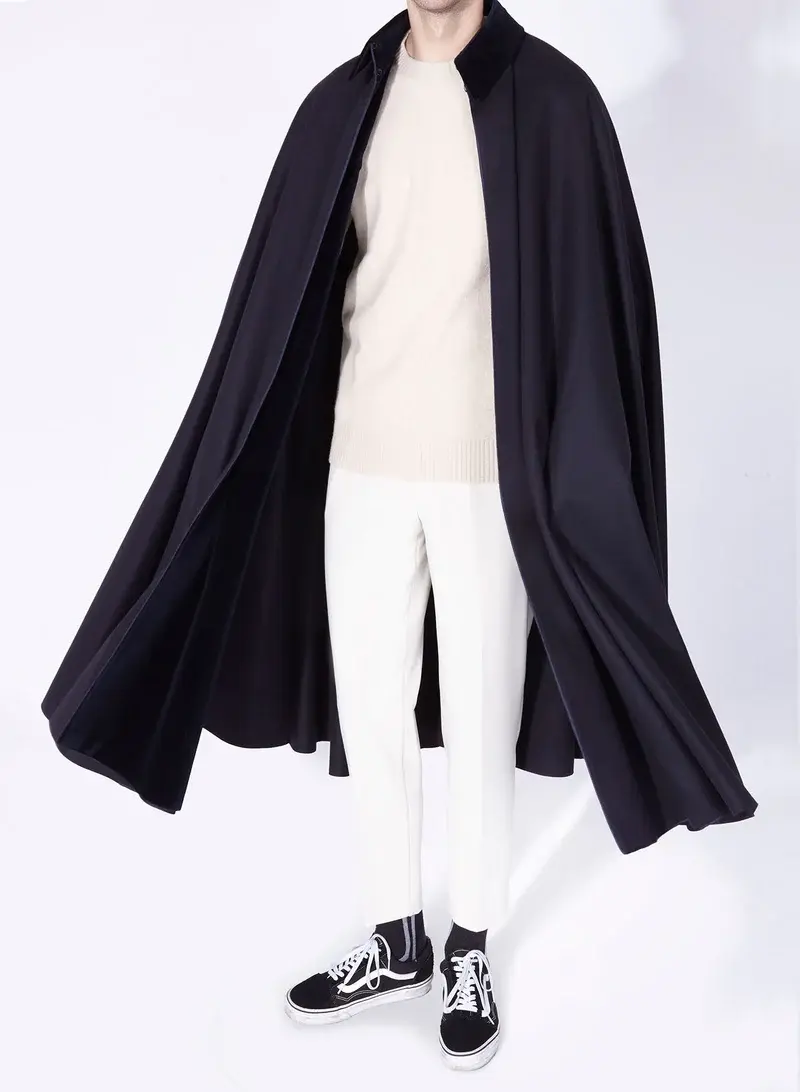view the rest of the comments
Ask Lemmy
A Fediverse community for open-ended, thought provoking questions
Rules: (interactive)
1) Be nice and; have fun
Doxxing, trolling, sealioning, racism, and toxicity are not welcomed in AskLemmy. Remember what your mother said: if you can't say something nice, don't say anything at all. In addition, the site-wide Lemmy.world terms of service also apply here. Please familiarize yourself with them
2) All posts must end with a '?'
This is sort of like Jeopardy. Please phrase all post titles in the form of a proper question ending with ?
3) No spam
Please do not flood the community with nonsense. Actual suspected spammers will be banned on site. No astroturfing.
4) NSFW is okay, within reason
Just remember to tag posts with either a content warning or a [NSFW] tag. Overtly sexual posts are not allowed, please direct them to either !asklemmyafterdark@lemmy.world or !asklemmynsfw@lemmynsfw.com.
NSFW comments should be restricted to posts tagged [NSFW].
5) This is not a support community.
It is not a place for 'how do I?', type questions.
If you have any questions regarding the site itself or would like to report a community, please direct them to Lemmy.world Support or email info@lemmy.world. For other questions check our partnered communities list, or use the search function.
6) No US Politics.
Please don't post about current US Politics. If you need to do this, try !politicaldiscussion@lemmy.world or !askusa@discuss.online
Reminder: The terms of service apply here too.
Partnered Communities:
Logo design credit goes to: tubbadu


The other big reason is that the world is cleaner. Capes and cloaks also protect the whole body from mud/dust and can be easily removed. Riding a horse or walking on dirt roads is a lot dirtier than riding in cars or walking on a sidewalk
The original type of coat that would have been worn when riding was the Great Coat - which did cover the whole body, down to the ankles (and included the front of the body much better than a cloak). Those would have been worn by military officers, particularly.
Those were fine for riding, but then if you were off your horse and end up in the newly developed trench warfare - starting from around the US civil war onwards - you ended up wading through mud which got caked to the coat. So then they started cutting the coats shorter and they became Trench Coats.
Vogue tells a different history of the trench coat, claiming its origins are actually raincoats for active well-to-do British gentlemen:
https://www.vogue.fr/fashion/article/vogue-encyclopaedia-the-history-of-the-trench-coat
The "British Warm" was the intermediary as I understand it: a shorter greatcoat favoured by Britsh officers in WW1. The Trenchcoat itself was modeled to fit over, accompany or replace this.